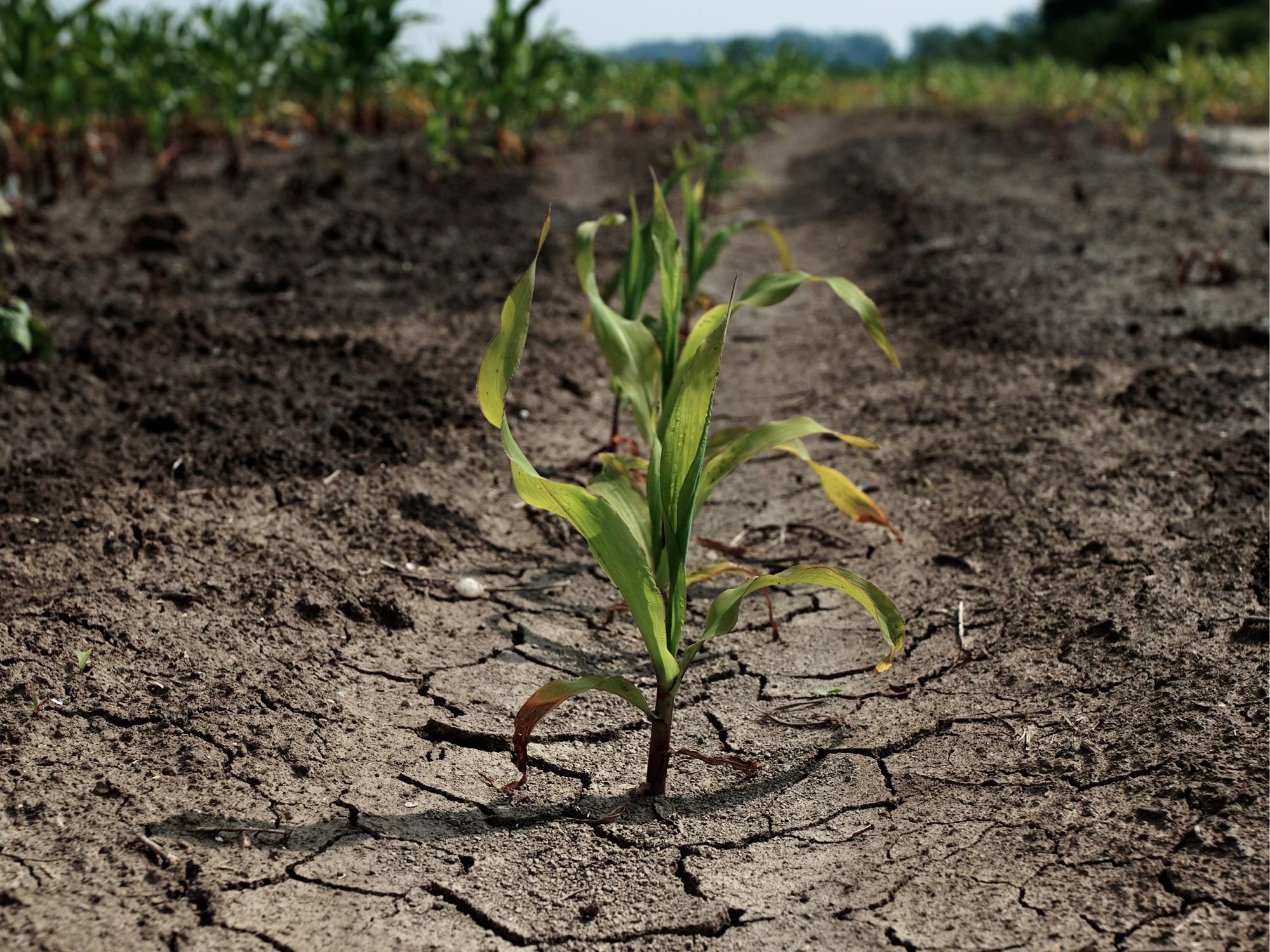Common Weed Discovered To Be a “Super Plant”
By

Scientists may come up with new strategies to engineer crops like corn to help endure prolonged drought by better understanding the novel plant metabolic pathway in the plant.
The weed could also hold the key to drought-resistant crops.
In a world troubled by climate change, a common weed provides crucial hints about how to develop drought-resistant crops.
Purslane, also known as Portulaca oleracea, combines two different metabolic pathways to produce a unique sort of photosynthesis that allows the plant to withstand drought while remaining extremely productive, according to Yale University scientists. The researchers recently published their findings in the journal Science Advances.
“This is a very rare combination of traits and has created a kind of ‘super plant’ — one that could be potentially useful in endeavors such as crop engineering,” said Yale’s Erika Edwards, professor of ecology and evolutionary biology and senior author of the paper.
Plants have developed a diverse set of processes to enhance photosynthesis, the process by which green plants utilize sunlight to synthesize nutrients from carbon dioxide and water. Corn and sugarcane, for example, evolved C4 photosynthesis, which allows the plant to stay productive at high temperatures. Succulents, such as cacti and agaves, have another kind of photosynthesis known as CAM photosynthesis, which allows them to live in deserts and other dry regions. C4 and CAM have different functions, yet they both use the same biochemical pathway to act as “add-ons” to conventional photosynthesis.
Purslane is unique in that it exhibits both of these evolutionary adaptations, allowing it to be both highly productive and drought tolerant, an unusual combination for a plant. Most scientists assumed that C4 and CAM operated independently inside purslane leaves.
But the Yale team, led by co-corresponding authors and postdoctoral scholars Jose Moreno-Villena and Haoran Zhou, conducted a spatial analysis of gene expression within the leaves of purslane and found that C4 and CAM activity is totally integrated. They operate in the same cells, with products of CAM reactions being processed by the C4 pathway. This system provides unusual levels of protection for a C4 plant in times of drought.
The researchers also built metabolic flux models that predicted the emergence of an integrated C4+CAM system that mirrors their experimental results.
Understanding this novel metabolic pathway could help scientists devise new ways to engineer crops such as corn to help withstand prolonged drought, the authors say.
“In terms of engineering a CAM cycle into a C4 crop, such as maize, there is still a lot of work to do before that could become a reality,” said Edwards. “But what we’ve shown is that the two pathways can be efficiently integrated and share products. C4 and CAM are more compatible than we had thought, which leads us to suspect that there are many more C4+CAM species out there, waiting to be discovered.”
Reference: “Spatial resolution of an integrated C4+CAM photosynthetic metabolism” by Jose J. Moreno-Villena, Haoran Zhou, Ian S. Gilman, S. Lori Tausta, C. Y. Maurice Cheung and Erika J. Edwards, 5 August 2022, Science Advances.
DOI: 10.1126/sciadv.abn2349
The study was funded by the National Science Foundation.
No comments:
Post a Comment